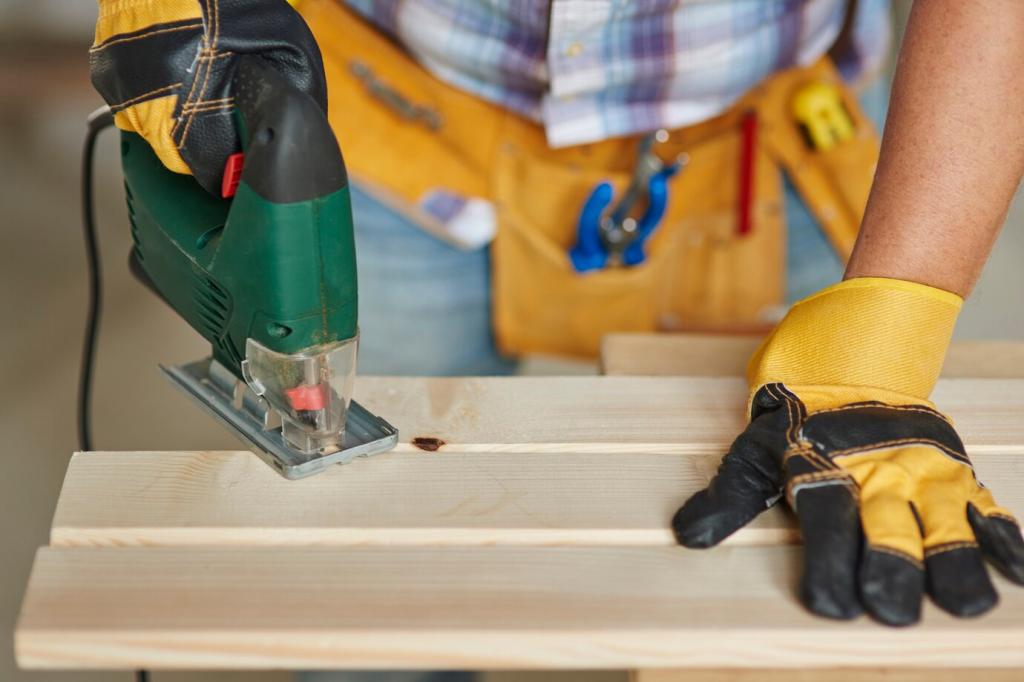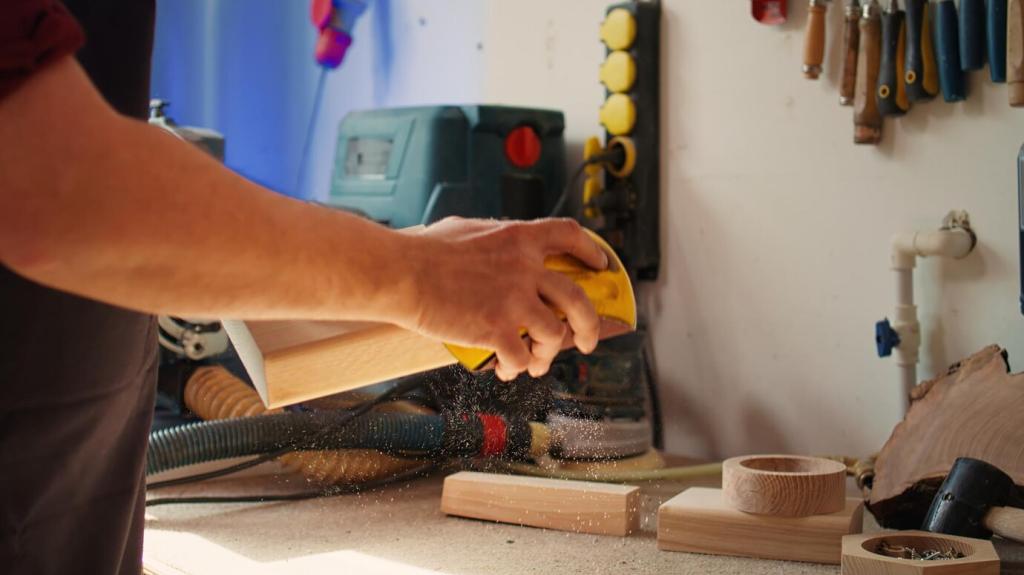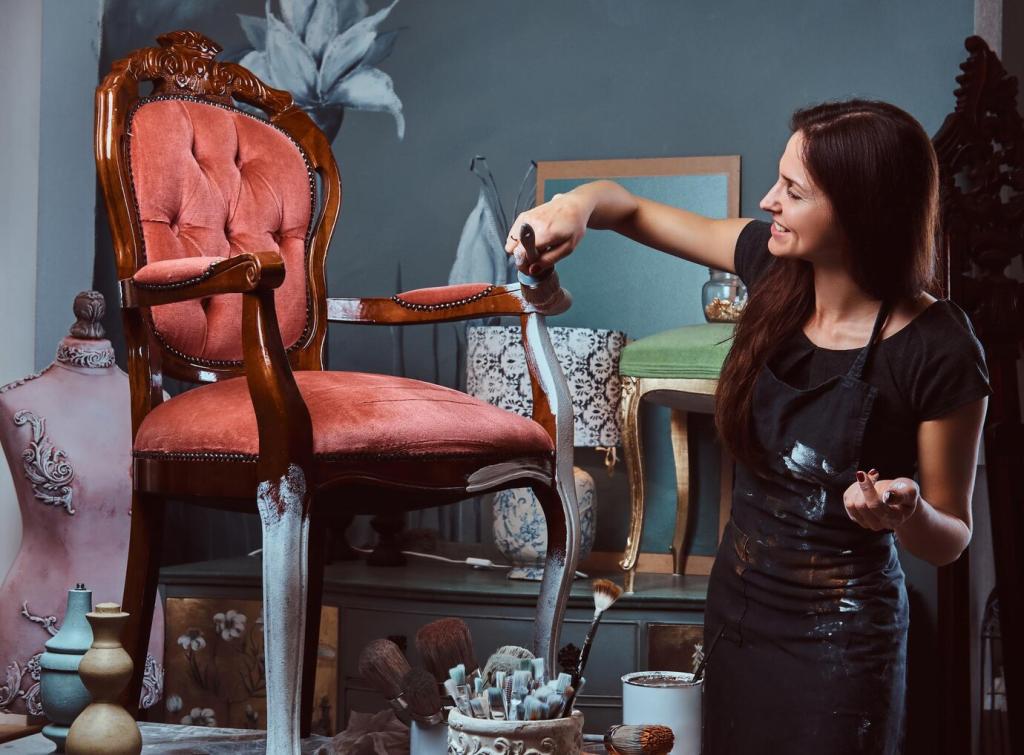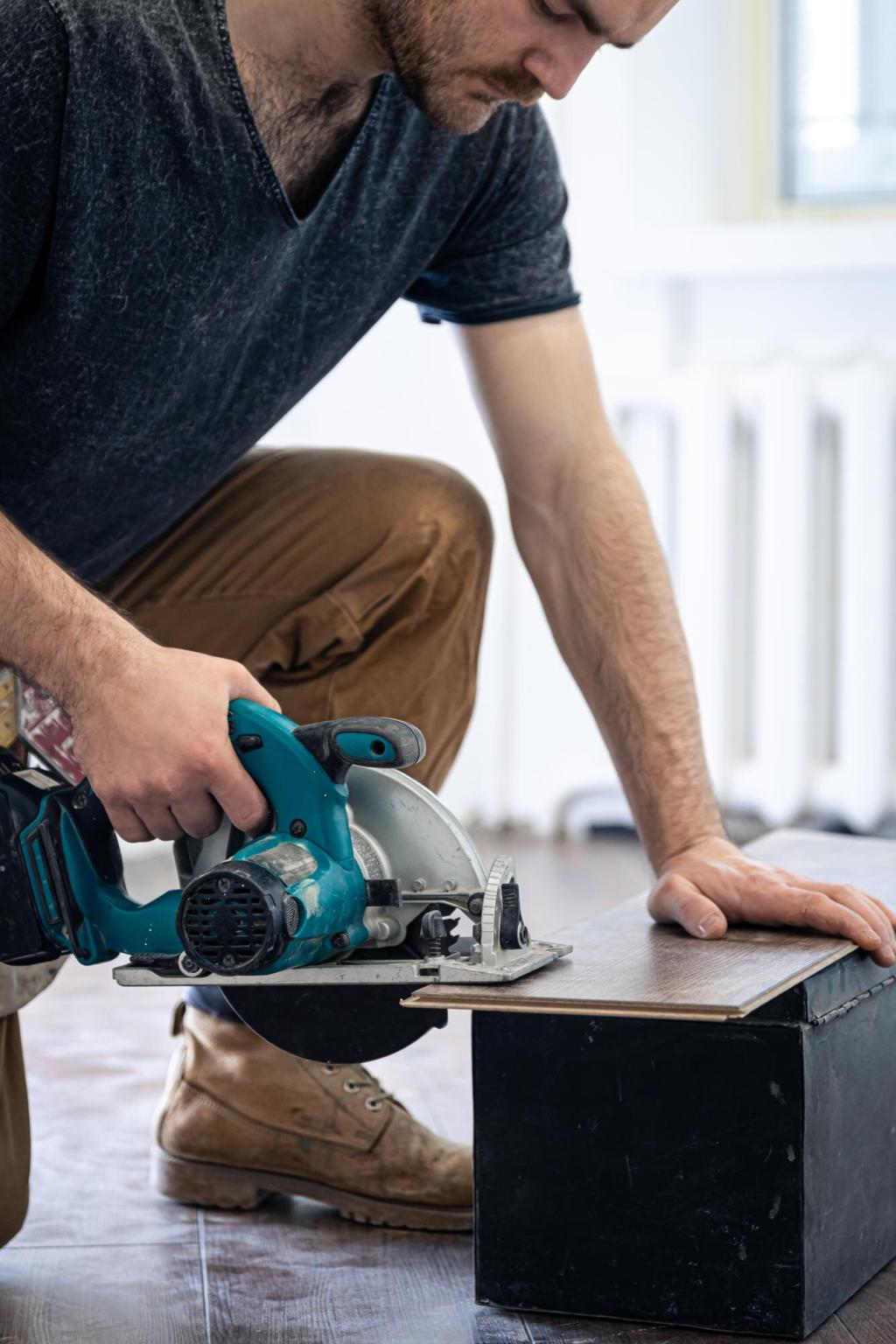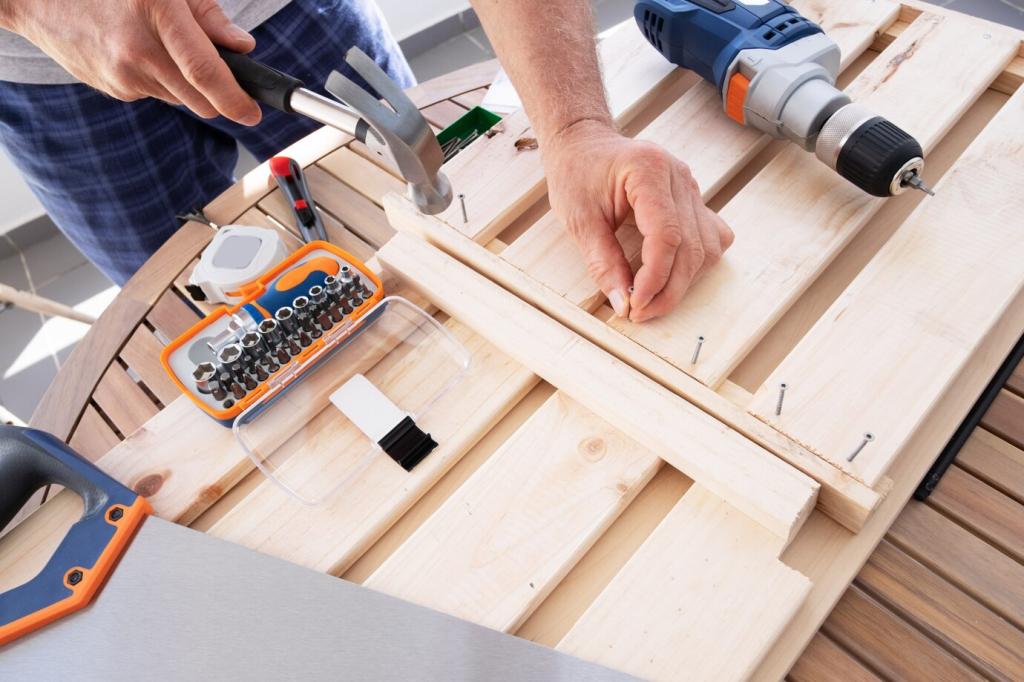Pest and Mold Defense Without Harsh Chemicals
Check weekly for frass, webbing, or pinholes. Use sticky monitors and pheromone traps near, not on, furniture. Vacuum floors and corners with a HEPA filter to remove eggs and spores. Share a snapshot of any signs you find, and we’ll help identify the likely culprit.
Pest and Mold Defense Without Harsh Chemicals
Cedar blocks, sachets of lavender, or neem oil near storage can help deter insects without saturating wood. Keep direct oils off finishes to avoid staining. Replace sachets regularly and track effectiveness. Comment with what’s worked for you, and we’ll compare notes with museum-inspired practices.

